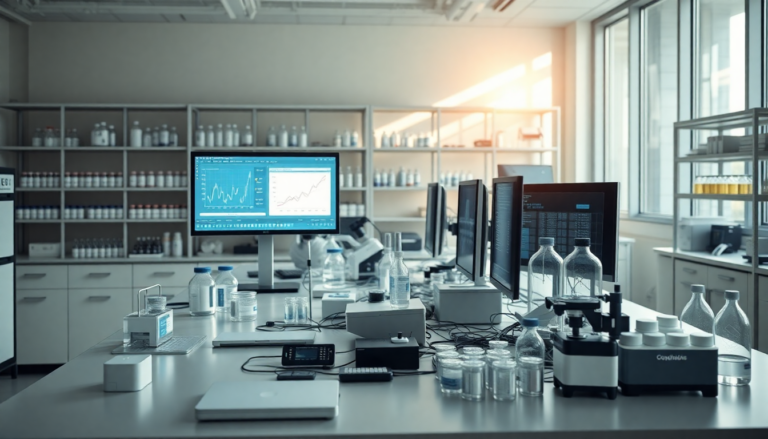Argomenti trattati
In the rapidly evolving landscape of healthcare, the intersection of technology and patient safety has become increasingly critical. At the forefront of this transformation is pharmacovigilance, the field dedicated to identifying and mitigating the risks associated with pharmaceutical products. Recent advancements in artificial intelligence (AI) and machine learning are not only reshaping how drug safety is monitored but also enhancing the overall effectiveness of healthcare systems. As we delve into these advancements, we’ll explore how these technologies are revolutionizing patient safety and the broader implications for the industry.
Understanding the evolution of pharmacovigilance
Pharmacovigilance has traditionally relied on methods such as manual reporting and post-marketing surveillance to monitor the safety of drugs. However, as the volume of data generated in healthcare continues to skyrocket, these conventional approaches are becoming increasingly inadequate. The integration of real-world data from various sources—ranging from electronic health records to social media platforms—has opened new avenues for understanding drug safety.
This shift towards utilizing diverse datasets is not just about collecting more information; it’s about leveraging that information to enhance regulatory frameworks and improve patient outcomes. By incorporating AI and big data analytics, healthcare systems can better identify adverse drug reactions (ADRs) and streamline reporting processes. This transformation is pivotal in addressing issues such as underreporting and delays in recognizing safety signals, ultimately leading to more effective patient safety strategies.
The role of machine learning in enhancing drug safety
Machine learning is arguably one of the most significant technological advancements impacting drug safety today. Its ability to analyze vast amounts of data quickly and accurately allows for a more proactive approach to identifying potential risks associated with medications. Unlike traditional methods, machine learning algorithms can sift through data from clinical trials, electronic health records, and spontaneous reporting systems, detecting patterns and correlations that might otherwise go unnoticed.
This capability is particularly crucial in an era where the complexity of drug interactions is increasing. By predicting adverse drug reactions and interactions before they escalate, healthcare providers can implement timely interventions. This not only minimizes patient harm but also reduces healthcare costs associated with managing these adverse events. The predictive analytics derived from machine learning can significantly enhance the efficiency of pharmacovigilance efforts, allowing for a more responsive healthcare system.
Personalized medicine and machine learning synergy
One of the most exciting prospects of machine learning in pharmacovigilance is its potential to contribute to personalized medicine. By tailoring treatment plans based on individual patient profiles, including genetic makeup and health history, healthcare providers can enhance the efficacy of therapies while mitigating the risk of adverse effects. This precision medicine approach not only improves patient outcomes but also fosters a deeper understanding of how different patients respond to various medications.
Furthermore, the insights gained from machine learning can inform clinical decision-making, helping to create more effective treatment strategies. As healthcare moves away from a one-size-fits-all model, the integration of machine learning into pharmacovigilance becomes a vital component in ensuring that patients receive the safest and most effective care possible.
The future of drug safety and ongoing research
As we look to the future, the role of machine learning in pharmacovigilance is poised to expand even further. Ongoing research is essential to fully understand its capabilities and limitations. While the potential benefits are significant, it is crucial to address the ethical considerations and challenges associated with data privacy and algorithmic bias.
Pharmaceutical companies and healthcare providers must collaborate to ensure that the integration of machine learning does not compromise patient safety or equity in healthcare access. By fostering an environment of transparency and continual improvement, the industry can harness the full potential of these technologies to enhance drug safety and patient care.
UL Solutions and the commitment to safety
UL Solutions has been a leader in supporting various industries, including healthcare, for over 30 years. Our commitment to safety and efficiency drives the development of innovative training programs and services, including a comprehensive library of over 1,000 online e-learning courses. These courses are curated by recognized subject matter experts, including those from the U.S. Food and Drug Administration (FDA).
As we continue to explore the intersection of technology and healthcare, we invite you to connect with us. Our team is dedicated to providing the resources and expertise needed to navigate the complexities of drug safety and pharmacovigilance. Your interest in our products and services is greatly appreciated, and we look forward to assisting you in any way we can.

